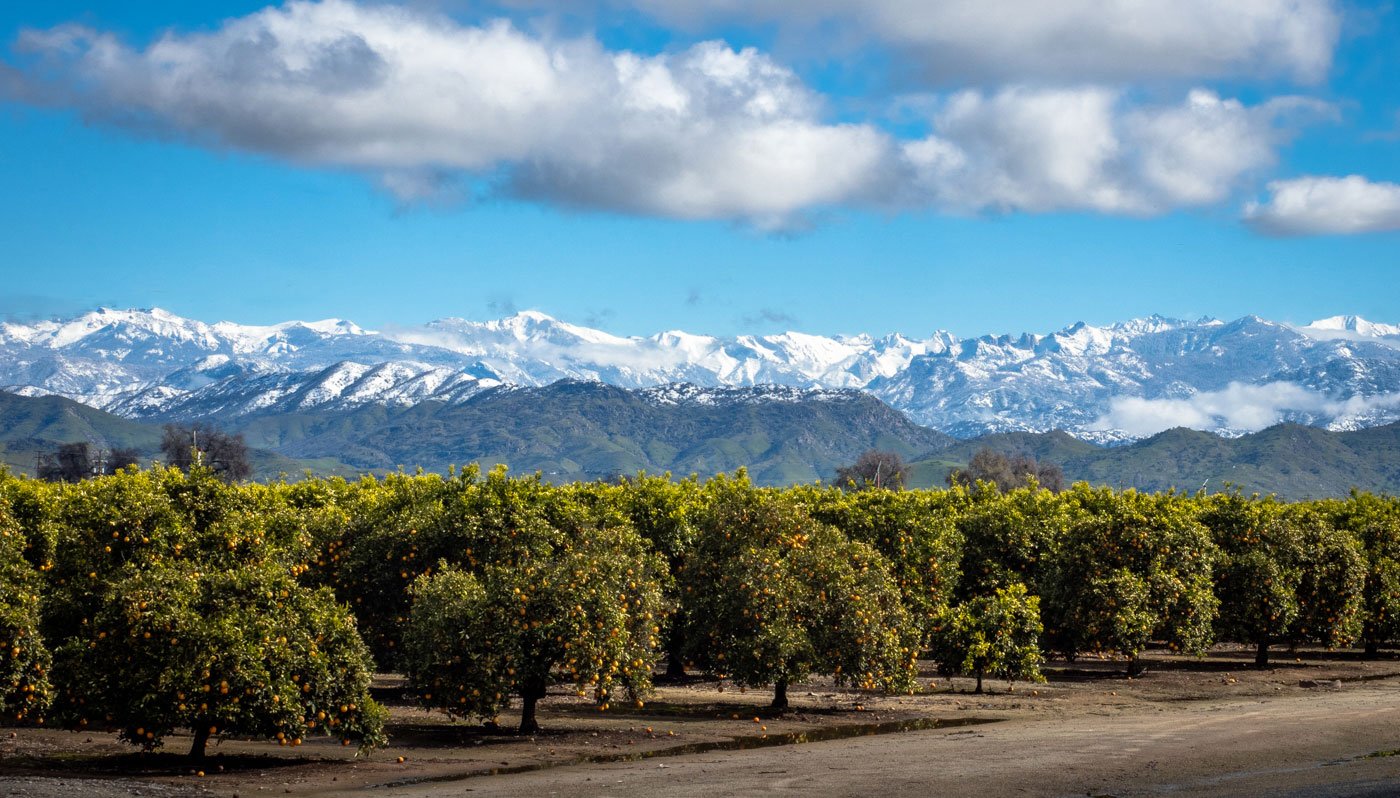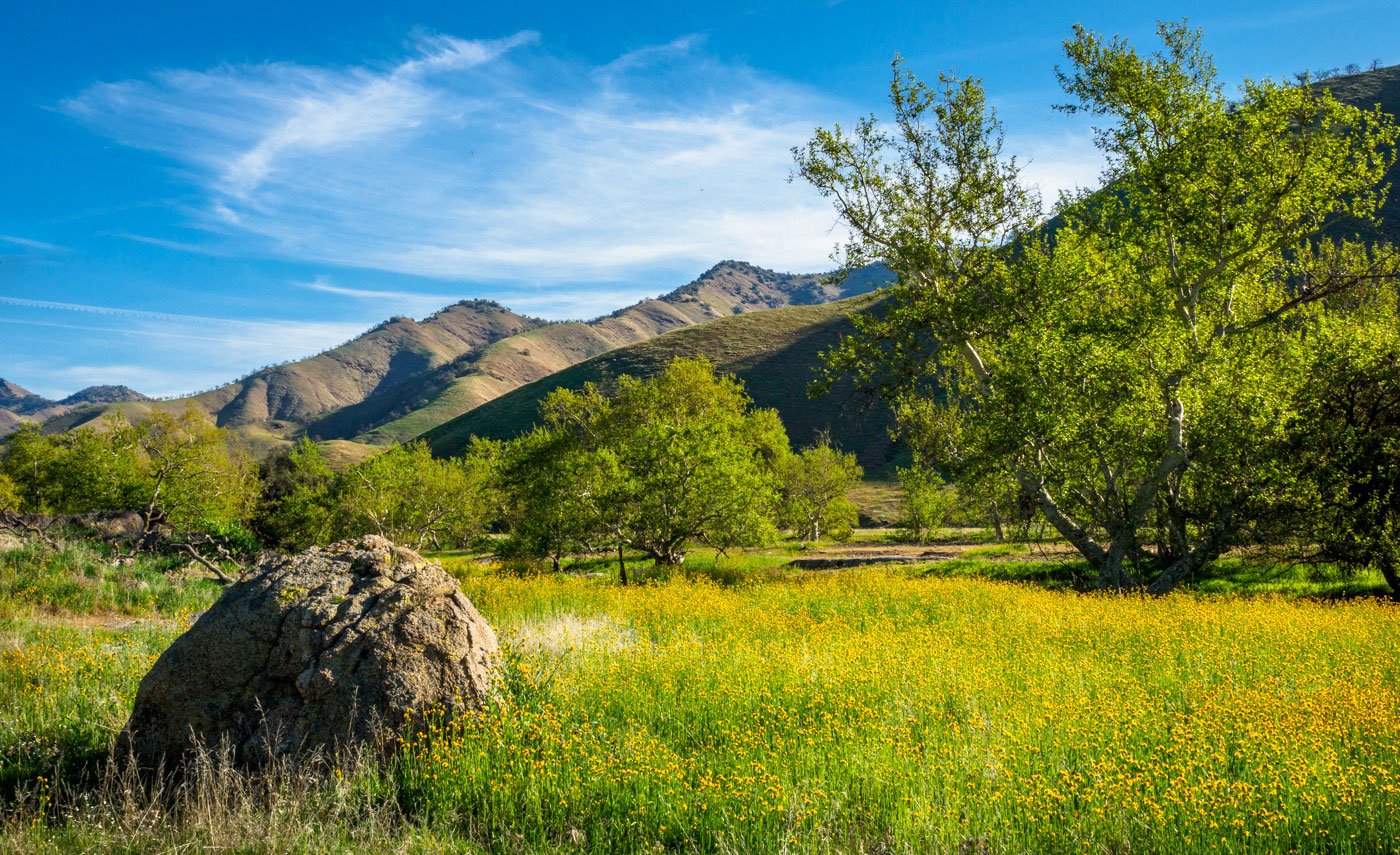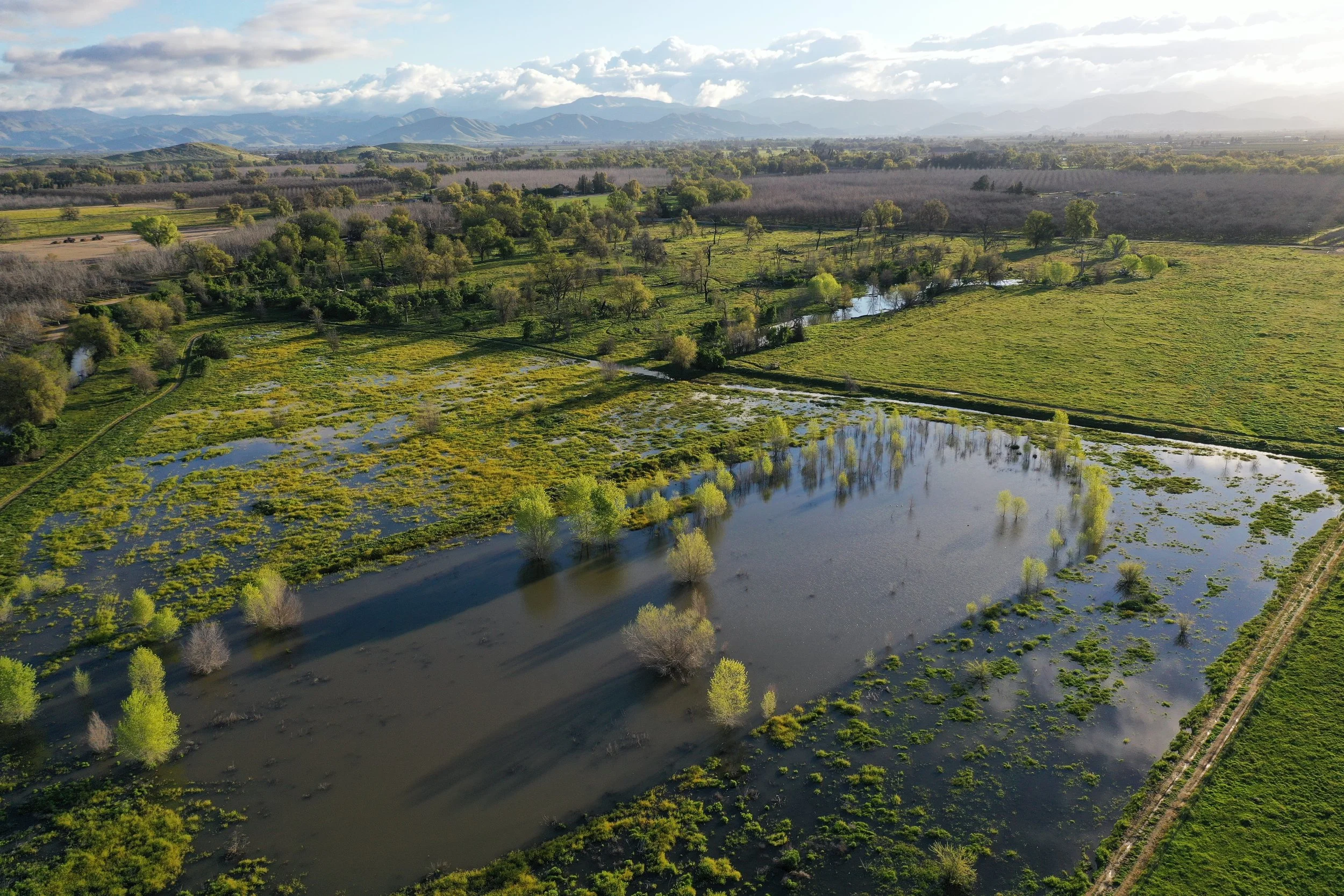
News
There are several ways you can stay connected to SRT.
Click on a tab below or scroll down to view more stories.
For media inquiries or to schedule an interview, please contact us.

Learn all about the incredible work SRT is doing each and every day in our communities.
Stories
Planning for People, Land, and the Future | The Regional Restoration Planning & Partnership (R2P2) Initiative
Learn how Sequoia Riverlands Trust and regional partners are developing a bold, community-driven plan to restore ecosystems, support agriculture, and create economic opportunity in the Central Valley.
The Future of Dry Creek Nursery
Last fall, Sequoia Riverlands Trust was awarded a $970,000 grant from the Sierra San Joaquin Jobs First Catalyst Program (S2J2)—part of the California Jobs First Initiative administered in our region through the Central Valley Community Foundation. As part of this grant, the Dry Creek Nursery will be significantly expanded, both with a new greenhouse and with additional staff capacity.
Spring Has Sprung
Spring has sprung at Dry Creek Nursery! The hills surrounding the nursery have turned green, and the flowers have all started to bloom. The plants in the nursery have swelling buds and flowers will be blooming soon!
In the Wild
Several days a week in the spring, Blue Oak Ranch Preserve in Springville comes alive with field trips. In the beginning of the school year, students in grades 9–12 interview to be an intern in the Education Department’s Sequoia Environmental Youth Leaders (SEYL) program. This year SEYL interns hail from Granite Hills High’s Academy of Careers in Education and Monache High’s Environmental Science Academy in Porterville.
Sowing Change
For many in Tulare County, outdoor education begins with a childhood trip to SCICON—but a growing coalition is working to ensure hands-on environmental learning happens at every grade level. SEED, a network of environmental education organizations, brings together teachers, community leaders, and experts to connect classroom learning with real-world applications.
One Day Only
In the hills between Strathmore and Porterville a hidden gem appears only for a few hours a year.
Lewis Hill was originally part of a 600 acre family ranch that raised citrus, olives and cattle. Their son, Cole, integrated modern farming techniques with natural land management practices as he lived on the hill itself. In the 1980s, a team of biologists, neighbors and the Audubon Society cultivated a list of plants on the property including two rare plants—one threatened and one endangered—that quickly became evident.
Growing Together
As spring unfolds across the preserves and private lands conserved by Sequoia Riverlands Trust, the landscape is alive with renewal. This year’s Lewis Hill Wildflower Walk was a vivid reminder of nature’s resilience and beauty. Visitors enjoyed sweeping vistas, unique geology, birdwatching, kite flying, and close encounters with the rare Striped Adobe Lily—a testament to the importance of protecting these landscapes for future generations.
A Champion for Conservation
Sequoia Riverlands Trust mourns the passing of Carole K. Combs, 83, the founding Executive Director of SRT and a driving force behind conservation in the Tulare Lake Basin.
Carole loved the southern Sierra and the many wild places in the Tulare Lake Basin. After growing up in Ohio, she married Richard “Dick” Combs, a career diplomat from a legacy Tulare County family.
How the Kaweah MLRP is Transforming Farmland and Water Use in the Central Valley
Water shortages are reshaping agriculture in California’s Central Valley—but landowners have options. The Kaweah Multibenefit Land Repurposing Program (MLRP) is helping transition farmland into low-water, high-impact alternatives like groundwater recharge, habitat restoration, and sustainable agriculture.




















